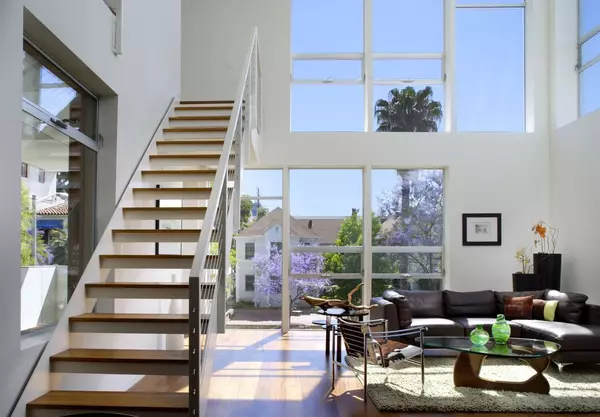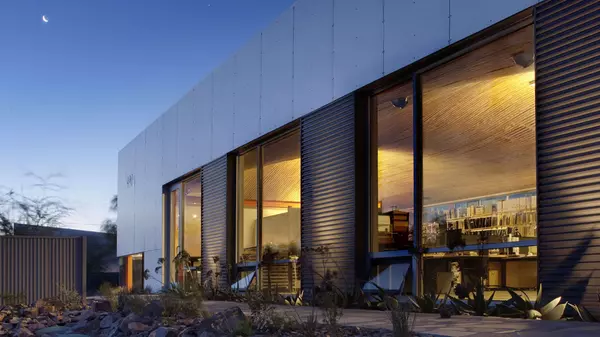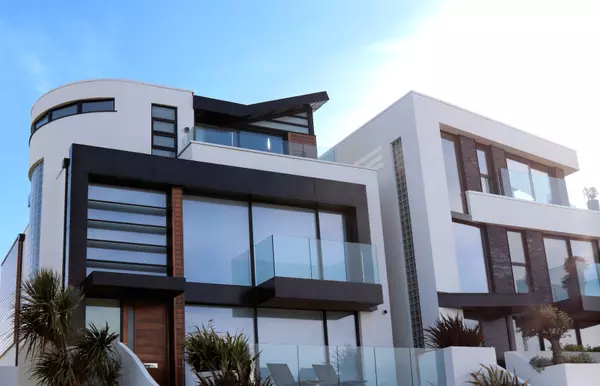Home flipping profits in San Diego cool with some of the lowest returns on investment in U.S.
The number of homes fixed and flipped in San Diego is down from a peak two years ago, and profits are hard to come by.
There were 554 homes flipped in the third quarter in San Diego County, said Attom Data Solutions, down from more than double that two years ago. The report from Attom, an Irvine-based real estate analytics firm, said home flipping is down across the nation and so are profits.
Attom said the median price for a home flip purchase was $760,000 in San Diego County and sold for $915,000. That’s a 20% return on investment before expenses, down from 26.1% at the same time last year. The average for the U.S. in the third quarter was a 28.7% return on investment.
It’s impossible to know what every flipper in the U.S. spent to remake homes but Attom said the 28.7% return is within a range that could be easily wiped out by renovation expenses, mortgage payments and property taxes.
Mark Goldman, a San Diego loan officer and real estate analyst, said home flippers in competitive markets, with few homes for sale, are operating on very tight margins.
“Somebody working the fix and flip market in San Diego is working with a tighter margin than a place like Detroit where there are lots and lots of potential inventory,” he said.
Goldman said returns on flipping a San Diego home can vary greatly depending on the property, who is doing the repairs and where the home is located. He said some properties might be totally trashed, while others might just need a few coats of paint and minor repairs. Also, a buyer in Del Mar, for example, is likely expecting significant repairs, requiring big upfront construction costs for a flipper because homes typically go to more affluent buyers.
“You also need to consider the quality of finishes,” Goldman said. “Some are going to put lipstick on a pig, others are going to do a more elegant job.”
Of the 20 largest metros, San Diego County ranked No. 16 in return on investment before costs are considered. Baltimore had the highest return at 78%, followed by Philadelphia at 69%, Detroit at 59% and Chicago at 53%.
Some of the hottest home markets during the pandemic rounded out the bottom of the list and could have flippers losing their shirts. The Los Angeles metro area, which includes Orange and Los Angeles counties, had a return of 15.3%. It was followed by Phoenix at 14%, Dallas at 6.9% and Houston at 6.2%.
Rob Barber, CEO for ATTOM, wrote in the report that the market for flippers could be challenging in the coming months.
“As interest rates remain double what they were a few years ago and inflation keeps raising renovation costs,” he wrote. “Investors continue to have a tough time making the kind of profits that would lure more into the game.”
Attom data dating to 2010 shows the gross return on investment for San Diego County flippers has stayed below 30% since the third quarter of 2020. The highest recorded returns were in the first quarter 2010 with a 57% return before expenses.
The San Diego County flipper market is relatively small compared to other metros. In the third quarter, its 554 home flips, or 7.5% of all sales, made it the third-lowest behind the Seattle metro area with 424 flips (3.5% of sales) and San Francisco metro with 425 flips (4.6% of sales). The most was in the Atlanta metro area with 3,416, making up 13.6% of all sales.
Flippers are much more likely to pay cash than your average buyer, with just 36 percent using financing in the U.S. on average. San Diego County was different, with 59 percent of flippers taking out a mortgage to make the purchase, which was the highest among the 20 largest metros. Even nearby Los Angeles and Orange counties had a lower financing rate at 45.7%.
Several San Diego-based home flippers declined to comment for this article. Goldman said flippers often get a bad rap, and probably don’t want a ton of attention, but much of it is undeserved. He said people who sell homes to flippers typically have lived in properties for a very long time and wouldn’t have the money to fix them up before a sale.
Home flippers were the source of frustration for the public in the early years of the 2000s as some blamed them for rising prices before the Great Recession. Some thought they were more interested in making a quick profit over making quality repairs. It was a familiar complaint as prices started to rise again coming out the of the recession, and in recent years as prices hit new heights.
The median year built for a San Diego County flip was 1974, the ninth-oldest of the 20 biggest metros. Detroit was the oldest at 1951 and Atlanta was the newest at 1992. Goldman said every home, especially older ones, can come with a lot of risk for a home flipper.
“The risks are high on a fix and flip because whenever you open a wall you could find a surprise that could cost thousands of dollars,” he said.
Categories
Recent Posts










GET MORE INFORMATION


